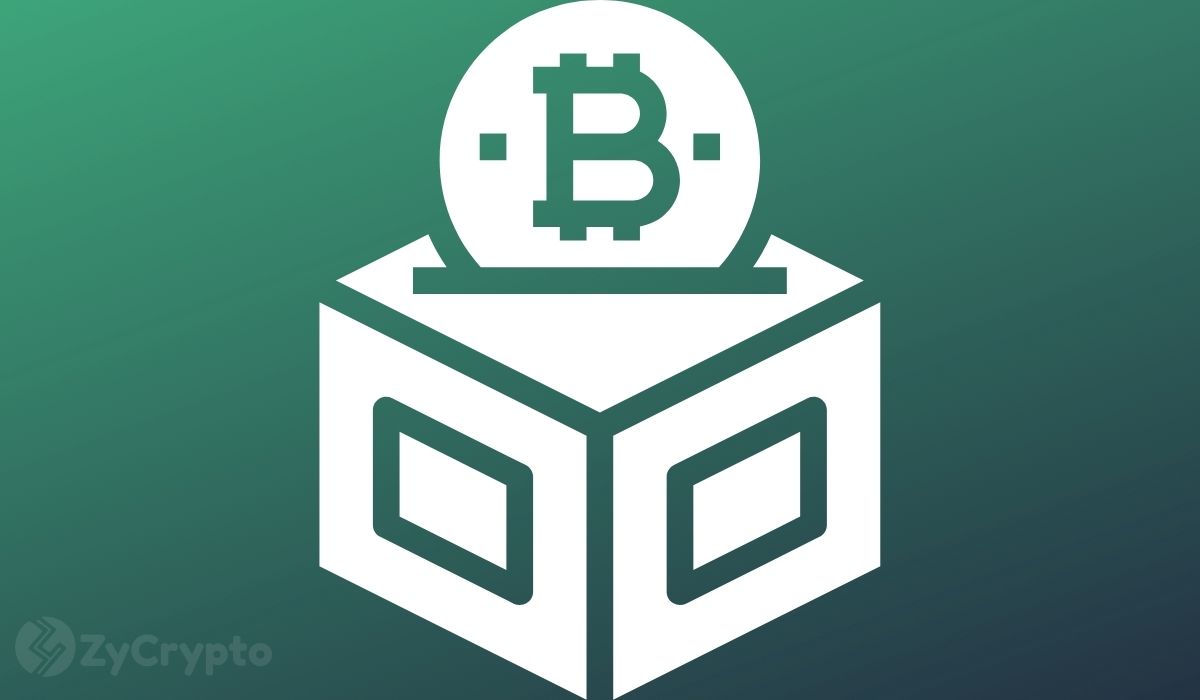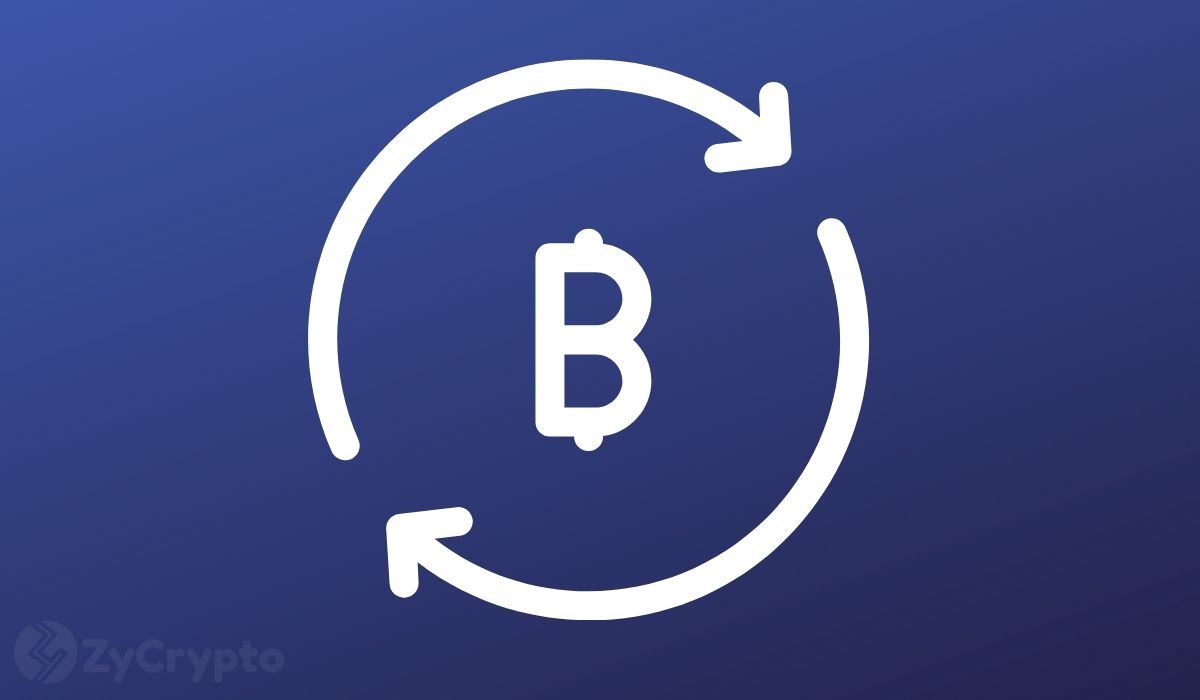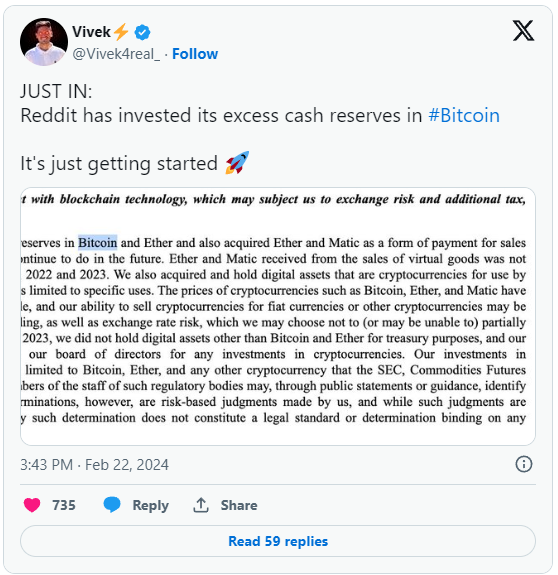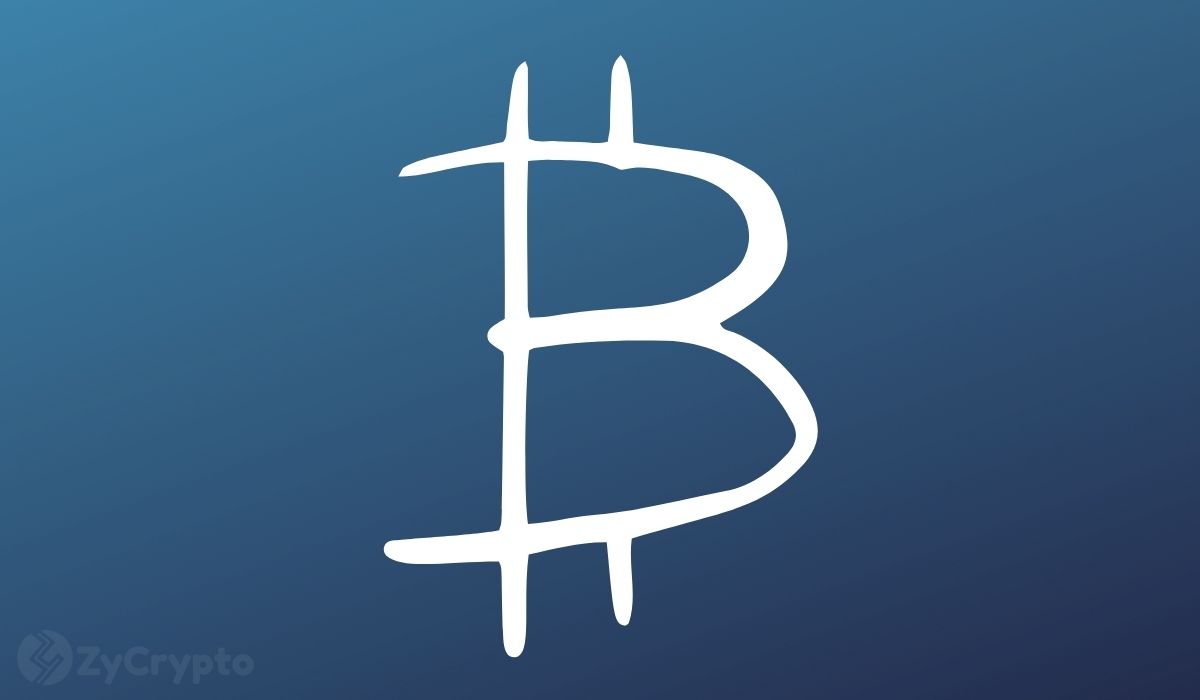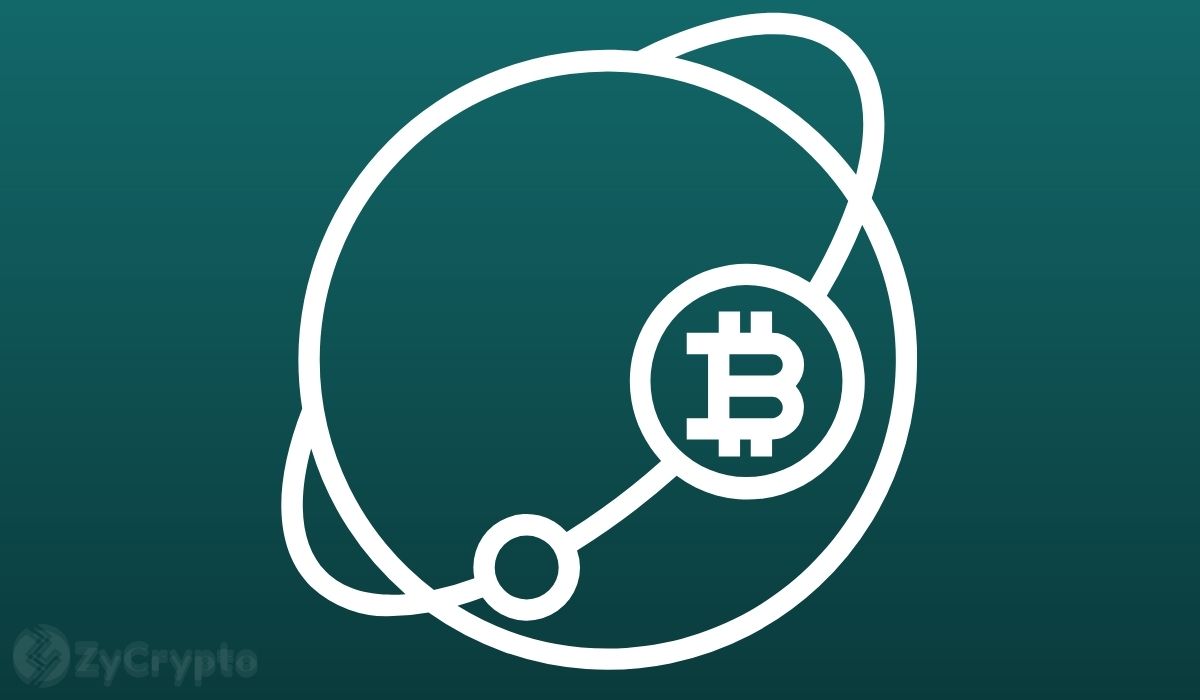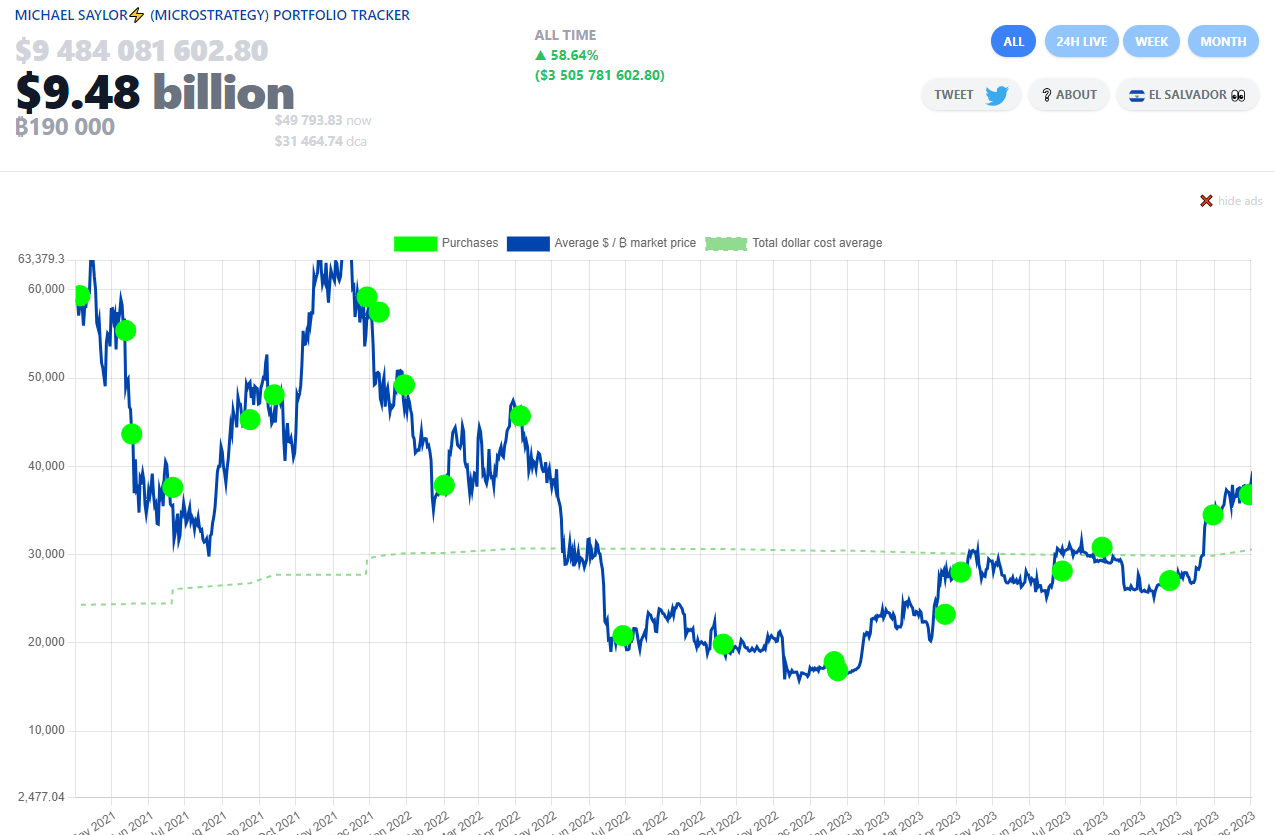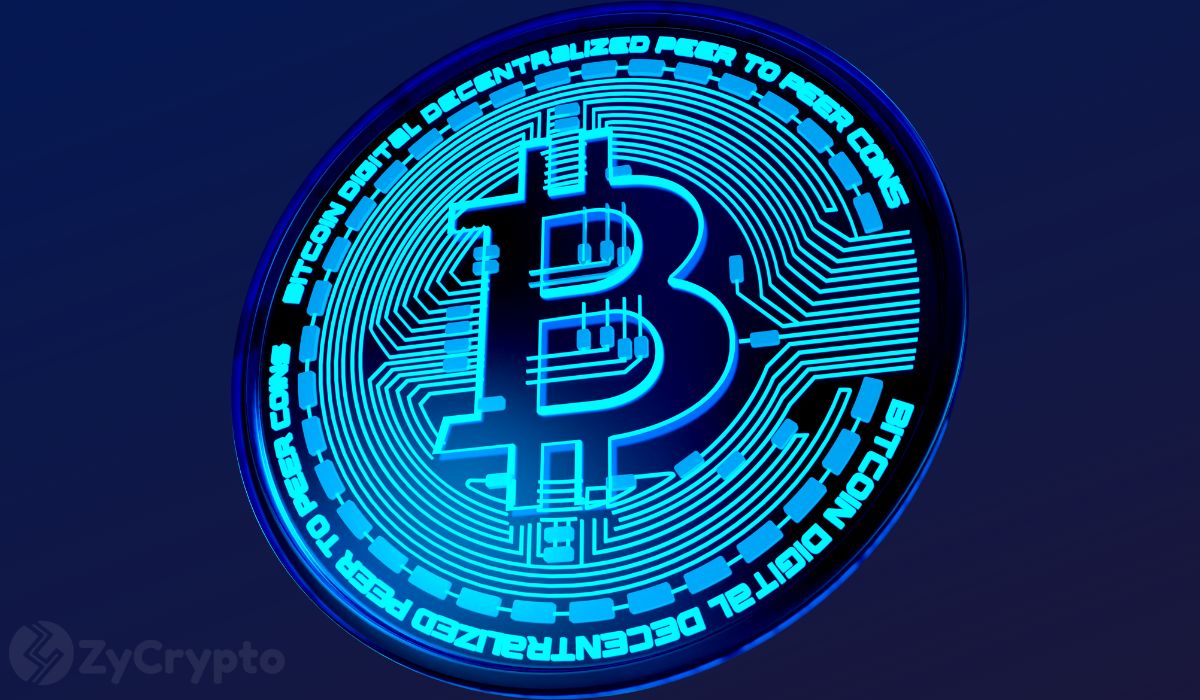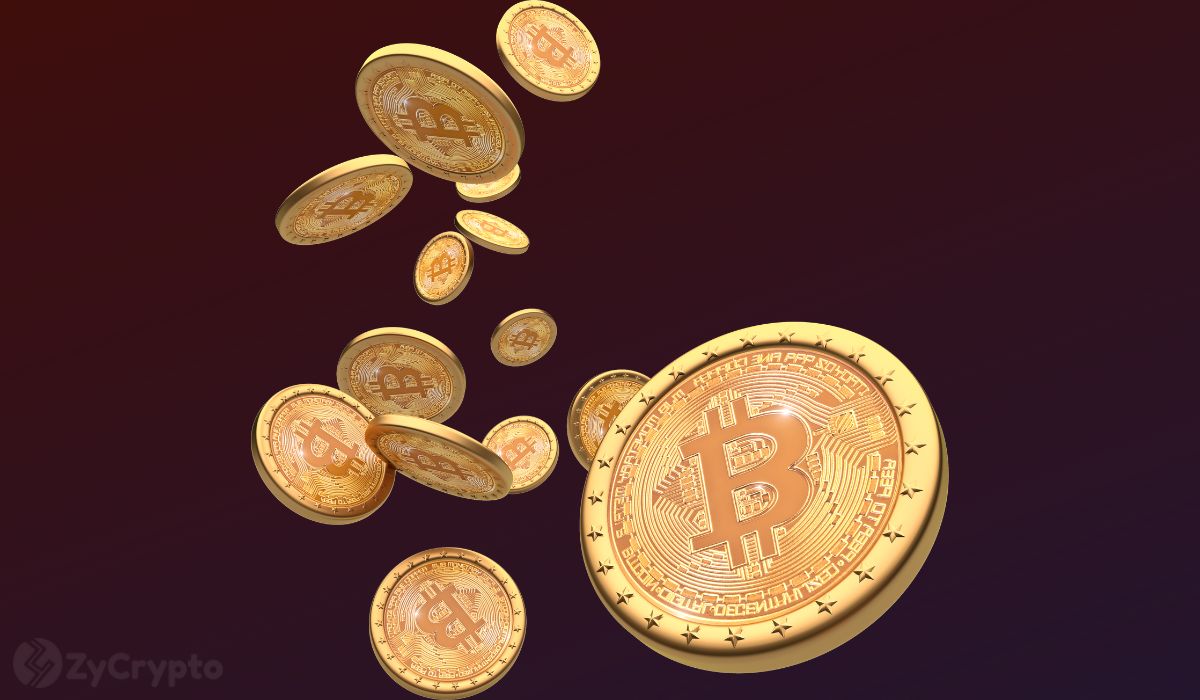How the Lightning Network for Bitcoin Will Be Adopted Through Ordinal Inscriptions
Jul 6, 2023 #Bitcoin, #bitcoin news


How the Lightning Network for Bitcoin
Ordinal inscriptions are emerging as a new use case for the Bitcoin blockchain, and they are expected to drive more efficient use of the limited block space. This will lead to broader adoption of the Lightning Network as a scaling solution for Bitcoin as a global currency. The Lightning Network's growth will provide a trustless alternative to centralized payment processors, expanding Bitcoin's reach and appeal.

One of the unique features of Bitcoin is its flat fee and data structure, which means that the cost and block space required to send $1 in BTC is equal to those for sending $1 billion in BTC. This quirk has made it difficult for Bitcoin to be used for low-value transactions, which is where the Lightning Network comes in. By enabling off-chain transactions, the Lightning Network allows for fast, cheap, and scalable micropayments, making Bitcoin more practical for everyday use.

Ordinal inscriptions are essentially non-fungible tokens (NFTs) that are used to represent a specific order or sequence. They are being used to create unique digital collectibles and art, and their popularity has driven up transaction costs across the Bitcoin network. However, this demand for ordinal inscriptions is also driving innovation in layer 2 solutions like the Lightning Network, which are essential for Bitcoin to become a viable global currency.
Understanding Bitcoin and the Lightning Network
Bitcoin is a decentralized digital currency that uses a peer-to-peer network to enable transactions without the need for intermediaries such as banks or financial institutions. Transactions are recorded on a public ledger called the blockchain, which is maintained by a network of computers around the world.
The Lightning Network is a layer 2 network built on top of the Bitcoin network that enables faster and cheaper transactions. It uses smart contracts to create payment channels between two parties, allowing them to transact without broadcasting their transactions to the entire network. This reduces the load on the Bitcoin network and makes transactions faster and cheaper.

The Lightning Network has gained popularity in recent years as a scaling solution for Bitcoin. It has been hailed as the solution to Bitcoin's scalability problem, which has been a major obstacle to its adoption as a global currency. The Lightning Network offers a trustless alternative to centralized payment processors, expanding Bitcoin's use cases beyond just a store of value.
There are several Bitcoin Lightning Network analytics platforms that provide real-time data on the network's performance and usage. These platforms allow users to monitor the network's capacity, fees, and other metrics, which can help them optimize their transactions and improve their overall experience.
Overall, the Lightning Network is an exciting development in the world of Bitcoin that has the potential to revolutionize the way we transact online. As more users adopt the Lightning Network, we can expect to see faster and cheaper transactions, increased adoption of Bitcoin as a global currency, and a more efficient use of the limited block space on the Bitcoin network.
The Role of Ordinal Inscriptions in Bitcoin Adoption
Ordinal inscriptions have the potential to play a significant role in driving the adoption of Bitcoin's Lightning Network. The ability to create NFT-like inscriptions on the Bitcoin blockchain opens up new possibilities for the use of Bitcoin beyond just financial transactions.
Ordinal inscriptions allow users to create digital artifacts on the Bitcoin blockchain for storage, trade, and exchange. This capability opens up new possibilities for Bitcoin, making it more versatile and useful for a wider range of applications.
One of the key benefits of ordinal inscriptions is that they allow for the creation of unique, identifiable assets on the Bitcoin blockchain. This is made possible through ordinal theory, which provides a methodology for individually identifying and tracking each individual satoshi throughout the Bitcoin coin supply.
With ordinal inscriptions, users can create unique digital assets that are verified and tracked on the Bitcoin blockchain. This opens up new possibilities for the use of Bitcoin in areas such as gaming, art, and collectibles.
As more applications for ordinal inscriptions are developed, it is likely that we will see increased adoption of Bitcoin's Lightning Network. This is because ordinal inscriptions provide a way to create and verify unique digital assets that can be traded and exchanged on the Lightning Network.
Overall, the role of ordinal inscriptions in driving Bitcoin adoption is significant. By making Bitcoin more versatile and useful for a wider range of applications, ordinal inscriptions have the potential to attract new users and increase the adoption of Bitcoin's Lightning Network.
The Impact of Payment Processors on Bitcoin’s Lightning Network
Payment processors play a crucial role in the adoption of Bitcoin's Lightning Network. As the network continues to grow and gain popularity, payment processors will be essential in facilitating transactions between buyers and sellers.
Centralized payment processors, such as Visa and Mastercard, have dominated the global payments industry for decades. However, Bitcoin's Lightning Network has the potential to challenge their dominance by offering faster, cheaper, and more secure transactions.
Bitcoin's Lightning Network is primed to become the default global payments processor, thanks to its unique combination of Bitcoin's monetary policy and Lightning's transaction network. The Lightning Network is a Layer-2 payment protocol built on top of the Bitcoin blockchain. It enables near-instant payments by using Bitcoin's native smart contract functionality.
While the Lightning Network is still in its early stages of adoption, the prospect of increased adoption looks very promising. In 2021, Visa handled more than $1 trillion in payment volume and close to 20 billion transactions per month. In comparison, the Lightning Network handled about $20 million in payment volume and slightly over 800,000 transactions in February 2022.
Payment processors will be instrumental in driving adoption of the Lightning Network. They will help to bridge the gap between traditional payment methods and the Lightning Network, making it easier for merchants and consumers to transact using Bitcoin.
In conclusion, payment processors have a significant impact on the adoption of Bitcoin's Lightning Network. As the network continues to grow and gain popularity, payment processors will be essential in facilitating transactions between buyers and sellers. The Lightning Network has the potential to become the default global payments processor, challenging the dominance of centralized payment processors such as Visa and Mastercard.
Demand and Market Dynamics of Bitcoin
Bitcoin's popularity has been on the rise since its inception. The market cap of Bitcoin has been increasing steadily, and it has become one of the most valuable cryptocurrencies in the world. The demand for Bitcoin-based tokens has also been on the rise, as more people are looking to invest in the cryptocurrency market.
However, the demand for Bitcoin has not been immune to market dynamics. During bear markets, the demand for Bitcoin has been known to decrease, as investors tend to shy away from risky investments. This has led to a decrease in the market cap of Bitcoin, as well as a decrease in demand for Bitcoin-based tokens.
Despite these market dynamics, the surge of Ordinals demonstrates a significant market that Bitcoin is built to sustain on the base layer. Ordinals have proven demand on Bitcoin, but fees will push users to Layer 2.
The sudden emergence of inscribed Bitcoin blocks has been met with criticism, but it offers a glimpse of how Bitcoin block space will evolve. The popularity of NFT-like Ordinal inscriptions and the experimental BRC-20 token standard has driven up transaction costs across the Bitcoin network. The frothy demand for “stamping” limited block space with new data pushed transaction costs so high that in May 2023, Binance twice had to pause BTC withdrawals, a risky and undesirable step.
In conclusion, while the demand for Bitcoin can be affected by market dynamics, the surge of Ordinals demonstrates a significant market that Bitcoin is built to sustain on the base layer. The emergence of inscribed Bitcoin blocks offers a glimpse of how Bitcoin block space will evolve, and it is expected to drive adoption of Bitcoin's Lightning Network.
Challenges and Solutions in Scaling Bitcoin Network
The limited block space in the Bitcoin network has been a major challenge in scaling the network. As more transactions are added to the network, the block size limit of 1MB becomes a bottleneck, leading to high transaction fees and longer confirmation times. This has made Bitcoin less attractive for everyday transactions, limiting its adoption as a currency.
To address this challenge, various scaling solutions and technologies have been proposed. One of the most promising solutions is the Lightning Network, which uses payment channels to enable instant and low-cost transactions off-chain. This reduces the load on the main blockchain, allowing for more transactions to be processed without increasing the block size limit.
However, the Lightning Network also presents its own challenges. For instance, the network requires users to lock up funds in payment channels, limiting liquidity and making it difficult to route payments across the network. To address this challenge, solutions such as Atomic Multi-Path Payments (AMP) have been proposed, which allow for payments to be split across multiple paths, increasing liquidity and reducing the risk of channel depletion.
Another challenge in scaling the Bitcoin network is ensuring decentralization. As the network grows, the number of nodes required to validate transactions increases, leading to higher resource requirements and potential centralization. To address this challenge, technologies such as sharding and sidechains have been proposed, which allow for the network to be divided into smaller, more manageable parts, while still maintaining decentralization.
Overall, while the limited block space in the Bitcoin network presents a significant challenge to scaling, various solutions and technologies such as the Lightning Network, AMP, sharding, and sidechains offer promising ways to address this challenge. As these technologies continue to evolve and mature, they are likely to play a critical role in driving adoption of Bitcoin as a currency.
Privacy and Security Aspects of Bitcoin
Privacy and security are two critical aspects of Bitcoin that have been at the forefront of discussions since its inception. The decentralized nature of the network has made it an attractive option for many users, but it has also raised concerns about the privacy and security of transactions.
One of the most significant privacy upgrades to the Bitcoin network was the implementation of Segregated Witness (SegWit) in August 2017. This upgrade separated the transaction signature data from the transaction data, allowing for more efficient use of block space and increased transaction capacity. Additionally, SegWit enabled the implementation of second-layer solutions like the Lightning Network, which further enhances the privacy and security of transactions.
At the protocol level, Bitcoin's security is maintained through a consensus mechanism called Proof of Work (PoW). This mechanism ensures that all transactions are validated and added to the blockchain in a secure and tamper-proof manner. However, the PoW mechanism requires a significant amount of computational power, which has led to concerns about the environmental impact of Bitcoin mining.
Privacy is also a concern for Bitcoin users, as the public nature of the blockchain means that all transactions are visible to anyone who has access to the network. To address this, users can utilize various privacy-enhancing technologies like CoinJoin and Schnorr signatures. These technologies help to obfuscate the transaction data, making it more difficult to trace the flow of funds.
In conclusion, while Bitcoin's decentralized nature provides many benefits, it also presents challenges related to privacy and security. However, the implementation of upgrades like SegWit and the development of second-layer solutions like the Lightning Network have helped to address these concerns. As the network continues to evolve, it is likely that additional privacy and security enhancements will be implemented to ensure the continued growth and adoption of Bitcoin.

The Intersection of Bitcoin and NFTs
Bitcoin's Lightning Network has been gaining popularity in recent years as a way to speed up transactions and reduce fees. However, the Lightning Network is not without its challenges, including the need for users to manage channels and the risk of channel closures.
Ordinal inscriptions may provide a solution to some of these challenges by allowing users to create NFT-like inscriptions on the Bitcoin blockchain. These inscriptions can be used to represent ownership of various assets, including non-fungible tokens (NFTs) and even profile picture (PFP) NFTs like the popular Bored Apes.
By inscribing ownership of these assets on the Bitcoin blockchain, users can ensure that their ownership is secure and immutable. This can also help to reduce the risk of fraud and theft, as the ownership of the asset can be easily verified on the blockchain.
While the use of ordinal inscriptions for NFTs is still in its early stages, it has the potential to drive adoption of Bitcoin's Lightning Network by providing a more seamless and secure way to manage channels and assets. As more developers work on ways to integrate ordinal inscriptions into Bitcoin wallets and other applications, we may see a new wave of innovation in the NFT space that is powered by Bitcoin's Lightning Network.
Overall, the intersection of Bitcoin and NFTs is an exciting area of development that has the potential to revolutionize the way we think about digital ownership and asset management. As more users and developers explore the possibilities of ordinal inscriptions, we may see a new era of innovation and growth in the Bitcoin ecosystem.
Bitcoin and Other Cryptocurrencies
Bitcoin is the world's first and most popular cryptocurrency. It was created in 2009 by an anonymous person or group under the pseudonym Satoshi Nakamoto. Bitcoin is decentralized, which means it is not controlled by any government or financial institution. Instead, it is powered by a network of computers around the world that validate transactions and maintain the ledger of all Bitcoin transactions, known as the blockchain.
Other cryptocurrencies have emerged in the wake of Bitcoin's success, such as Ethereum (ETH), Solana (SOL), Shiba Inu (SHIB), Uniswap (UNI), Crypto.com Coin (CRO), and many others. These cryptocurrencies have their own unique features and use cases, such as smart contracts on the Ethereum network, meme tokens like Dogecoin (DOGE), and BRC-20 and ERC-20 tokens that can be used on various blockchain platforms.
Bitcoin's Lightning Network is a layer-two scaling solution that allows for faster and cheaper Bitcoin transactions. It works by creating payment channels between users that can be used to send and receive Bitcoin without having to wait for confirmations on the blockchain. The Lightning Network has the potential to significantly increase the adoption of Bitcoin by making it more practical for everyday transactions.
Ordinal inscriptions, a new development in the Bitcoin space, allows users to create digital artifacts, such as NFTs, on the Bitcoin blockchain for storage, trade, and exchange. While inscriptions could increase the network's overall security budget, it may also increase fees and consistency of fees for Bitcoin miners, thereby increasing mining desirability, and ultimately increasing the network's security.
In conclusion, Bitcoin and other cryptocurrencies are rapidly evolving and changing the way we think about money and finance. The Lightning Network and ordinal inscriptions are just two examples of the innovations that are driving the adoption of Bitcoin and making it more practical for everyday use. As the cryptocurrency space continues to grow and mature, we can expect to see even more exciting developments in the future.
Role of Miners and Transaction Costs in Bitcoin Network
Miners play a crucial role in the Bitcoin network as they are responsible for verifying transactions and adding them to the blockchain. They are incentivized to do so by earning rewards in the form of newly minted bitcoins and transaction fees.
Transaction costs in the Bitcoin network are determined by the supply and demand for block space. Miners prioritize transactions with higher fees as they are more profitable to include in the next block. This has led to a situation where users who are willing to pay higher fees get their transactions processed faster, while those who are not willing to pay higher fees may have to wait longer.
Bitcoin miners have been facing a dilemma in recent years due to the increasing demand for block space and the limited block size. This has led to higher transaction fees and longer confirmation times, making Bitcoin less attractive as a payment option for small transactions.
Ordinal inscriptions can help solve this problem by reducing the amount of data that needs to be stored in each block. By encoding multiple transactions into a single ordinal, miners can process more transactions per block, reducing the demand for block space and lowering transaction costs.
Furthermore, the Lightning Network, a layer-two solution built on top of Bitcoin, can also help reduce transaction costs by enabling off-chain transactions that do not need to be recorded on the blockchain. This can significantly increase the scalability of the Bitcoin network and make it more attractive as a payment option for small transactions.
In conclusion, miners and transaction costs play a crucial role in the Bitcoin network. Ordinal inscriptions and the Lightning Network can help reduce transaction costs and increase the scalability of the network, driving adoption and making Bitcoin a more attractive payment option for small transactions.
Bitcoin as a Global Currency
Bitcoin has often been touted as a potential global currency due to its decentralized nature and borderless transactions. The use of ordinal inscriptions on the Bitcoin blockchain may further drive its adoption as a global currency. With the Lightning Network, transactions can be completed in a matter of seconds, making it a more practical option for everyday use.
The European Union (EU) has been exploring the potential of digital currencies, with some officials suggesting a digital euro could be introduced in the near future. While the EU has not yet made a decision on the matter, the use of Bitcoin as a global currency could provide an alternative for those looking for a decentralized and secure option.
The CEO of Twitter, Jack Dorsey, is a vocal proponent of Bitcoin and has stated that he believes it will eventually become the world's single currency. While this may be a lofty goal, the use of ordinal inscriptions on the Bitcoin blockchain could further drive its adoption and bring it closer to this vision.
In times of war or economic uncertainty, the use of a decentralized currency like Bitcoin could provide a more stable option for individuals and businesses. The ability to transact without relying on a centralized authority can provide a sense of security and stability in uncertain times.
As Bitcoin becomes more widely accepted, it may also become a more practical option for global exchange. The use of ordinal inscriptions on the blockchain can provide a level of transparency and security that traditional financial systems may not be able to match.
Overall, the use of ordinal inscriptions on the Bitcoin blockchain can further drive its adoption as a global currency. While there are still challenges to overcome, such as regulatory hurdles and scalability issues, the potential benefits of a decentralized and secure global currency are hard to ignore.
Frequently Asked Questions
What is the Lightning Network and how does it improve Bitcoin transactions?
The Lightning Network is a second-layer payment protocol that operates on top of the Bitcoin blockchain. It allows for near-instant and low-cost transactions by creating payment channels between users. These channels enable parties to transact with each other without broadcasting every transaction to the Bitcoin network, thereby reducing transaction fees and increasing transaction speed.
Can payment channels like Lightning Network make Bitcoin more scalable?
Yes, payment channels like the Lightning Network can significantly improve the scalability of Bitcoin. By moving most transactions off-chain, the Lightning Network reduces the load on the Bitcoin network and allows for more transactions to be processed. This increased scalability can enable Bitcoin to become a more widely adopted payment system.
How do ordinal inscriptions enhance the security of Lightning Network transactions?
Ordinal inscriptions are a new type of non-fungible token (NFT) that can be used to create digital artifacts on the Bitcoin blockchain. These inscriptions can be used to verify the authenticity of Lightning Network transactions, making them more secure. Additionally, ordinal inscriptions can be used to create unique digital assets that can be traded or exchanged on the Lightning Network.

What are the benefits of using Lightning Network for Bitcoin transactions?
The Lightning Network offers several benefits for Bitcoin transactions, including near-instant transaction confirmations, low transaction fees, and increased privacy. Additionally, the Lightning Network can enable micropayments, which can be used for a wide range of applications, including tipping content creators, paying for online services, and more.
Are there any potential drawbacks to using Lightning Network for Bitcoin transactions?
One potential drawback of the Lightning Network is that it requires users to lock up funds in payment channels. This can limit liquidity and make it more difficult to move funds between different payment channels. Additionally, the Lightning Network is still a relatively new technology and may be subject to bugs or other security issues.
How does Lightning Network compare to other scaling solutions for Bitcoin?
There are several other scaling solutions for Bitcoin, including increasing the block size limit and implementing Segregated Witness (SegWit). However, the Lightning Network offers several advantages over these solutions, including lower transaction fees, faster transaction confirmations, and increased scalability. Additionally, the Lightning Network can be used in conjunction with other scaling solutions to further improve Bitcoin's scalability.
Tim Moseley

